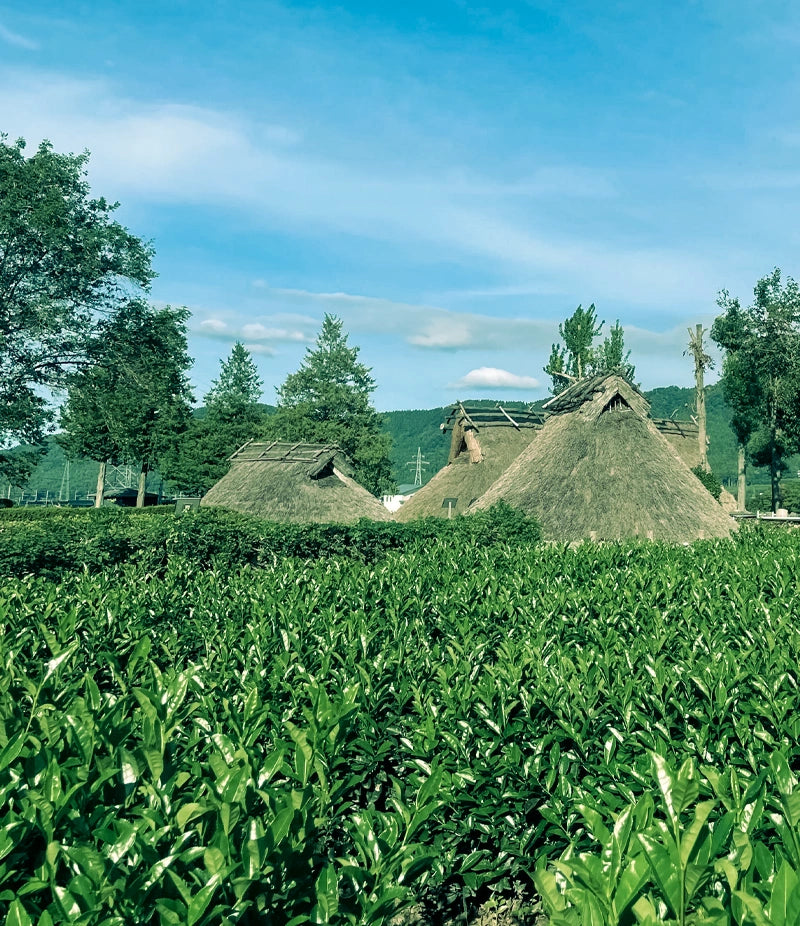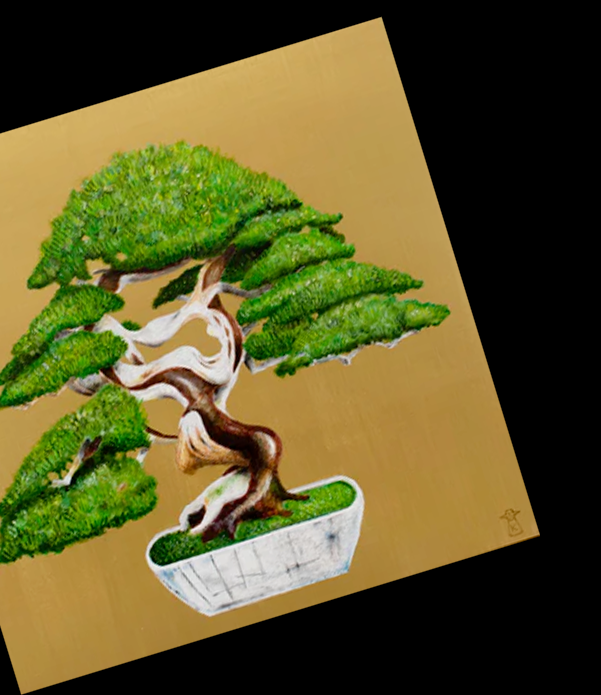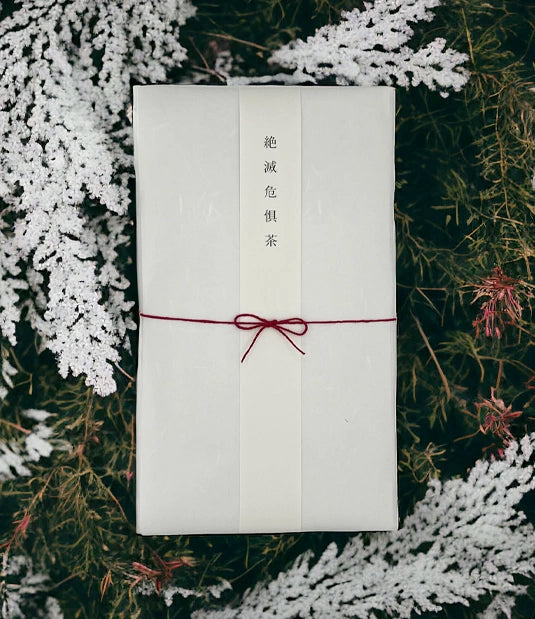2024年6月20日(木)に発表された、株式会社オルタナと一般社団法人サステナ経営 協会が共催する「サステナブル★セレクション2024」において、★(一つ星)に選定されました。
サステナブル★セレクションについて
https://sustainableselection-list.com/expo_kyoto/about_ss/

生産地での後継者不足や、生産環境の変化により
絶滅の危機に瀕するお茶をそう呼んでいます。
地域の農業、自然、文化を伝承しているお茶。
美しく美味しいお茶で過ごす贅沢なひとときに、
日本各地の自然や伝統文化を、
未来に継承していく必要性に思いを馳せてみませんか?

2024年6月20日(木)に発表された、株式会社オルタナと一般社団法人サステナ経営 協会が共催する「サステナブル★セレクション2024」において、★(一つ星)に選定されました。
サステナブル★セレクションについて
https://sustainableselection-list.com/expo_kyoto/about_ss/

Japan's Satoyama are globally recognized for their high value in terms of ecological conservation, so much so that they are referred to by the word "SATOYAMA."
It is often thought that an untouched state is good for the environment, but when properly managed and grasslands that receive sunlight are maintained, satoyama become habitats for insects and small animals and create a diverse ecosystem.
Japan's tea fields are representative of this rich rural landscape and their value is being rediscovered, but the reality is that they are steadily declining.
Efforts to conserve tea fields can contribute to sustainable regional development while also conserving biodiversity.

"Biodiversity" refers to the connections of life that sustain the entire Earth, including the diversity of ecosystems, species, and genes.
All living things are directly and indirectly connected to one another, and our lives are supported by biodiversity.
Loss of biodiversity has a negative impact on oceans, rivers and soil, which in turn leads to climate change.
The loss of biodiversity has caused major problems for human society, including food issues, disasters, and infectious diseases, and the restoration of biodiversity has become a global issue that must be addressed.

The packaging features bonsai art from "Kengo Bonsai Gallery."
Bonsai can live beautifully for up to a thousand years with proper human care, and their value is recognized around the world.
We have incorporated our hopes for the survival and prosperity of endangered tea species into this sustainable art, which is a testament to the coexistence of humans and nature.

Shop
https://www.rise.sc/info/detail/?cd=000369
2-21-1 Tamagawa, Setagaya-ku, Tokyo
Sales period: March 1st (Fri) to March 31st (Sun), 2024
https://hotel-chinzanso-tokyo.jp/
2-10-8 Sekiguchi, Bunkyo-ku, Tokyo
TEL: 03-3943-7613
Sales period: January 15, 2024 (Monday) - all year round
https://www.ethical-ya.com/
3-9-5-1 Yukinoshita, Kamakura City, Kanagawa Prefecture
TEL: 0467-33-4135
Opening hours: Wednesday to Sunday / 11:00 to 17:00 Sales period: From Monday, January 15, 2024 to the whole year
https://shop.eleminist.com/products/endangeredtea-fod
Sales period: January 15, 2024 (Monday) - all year round